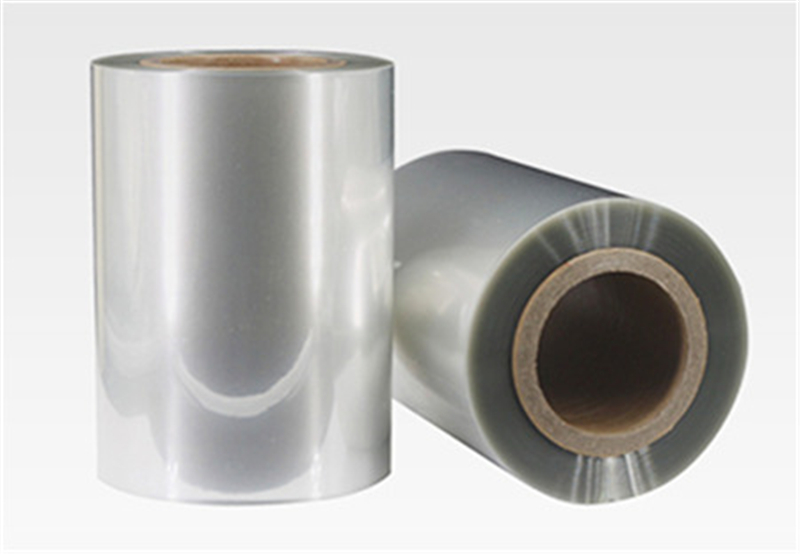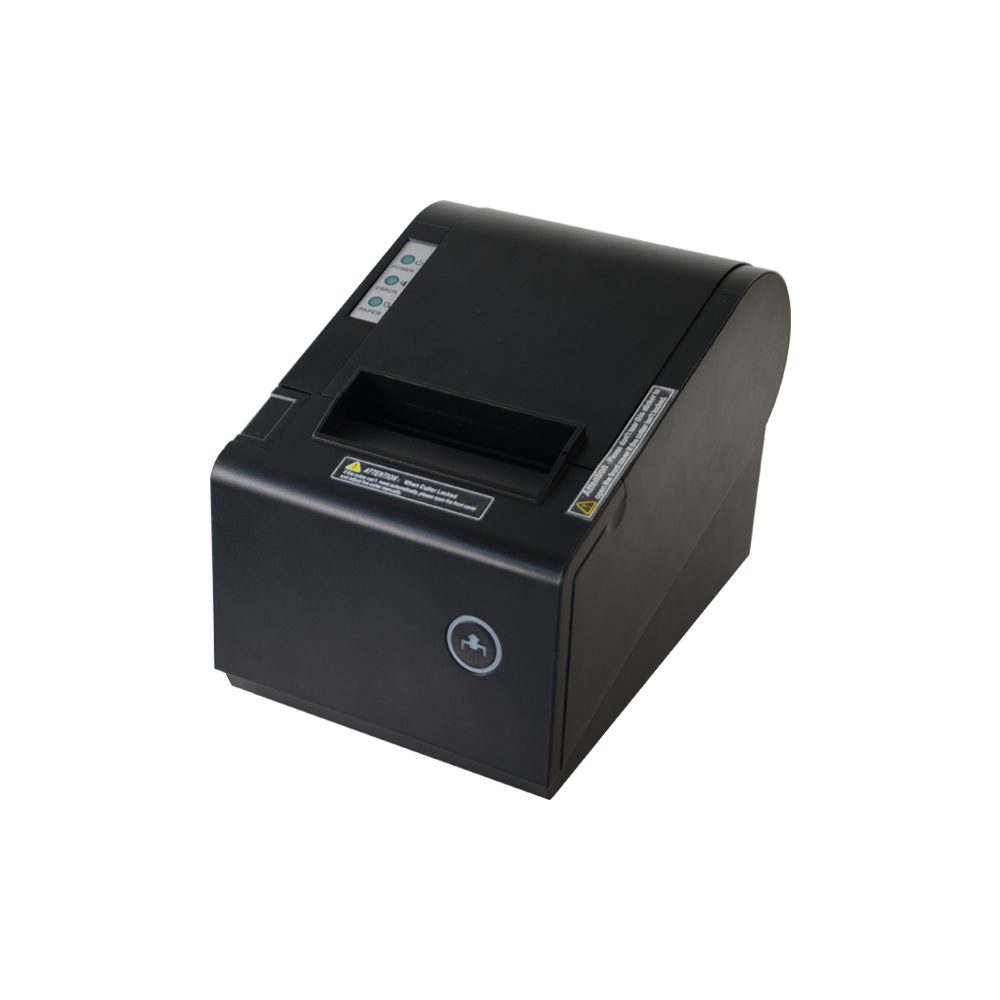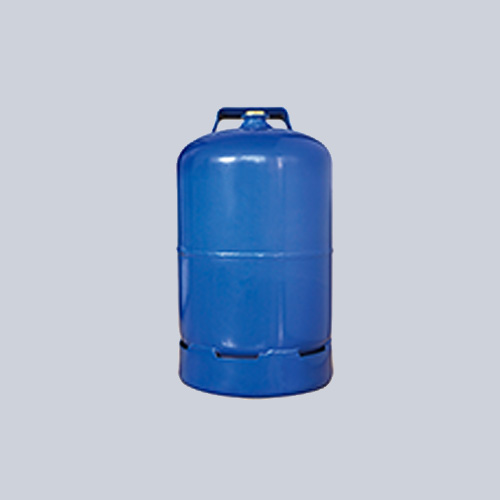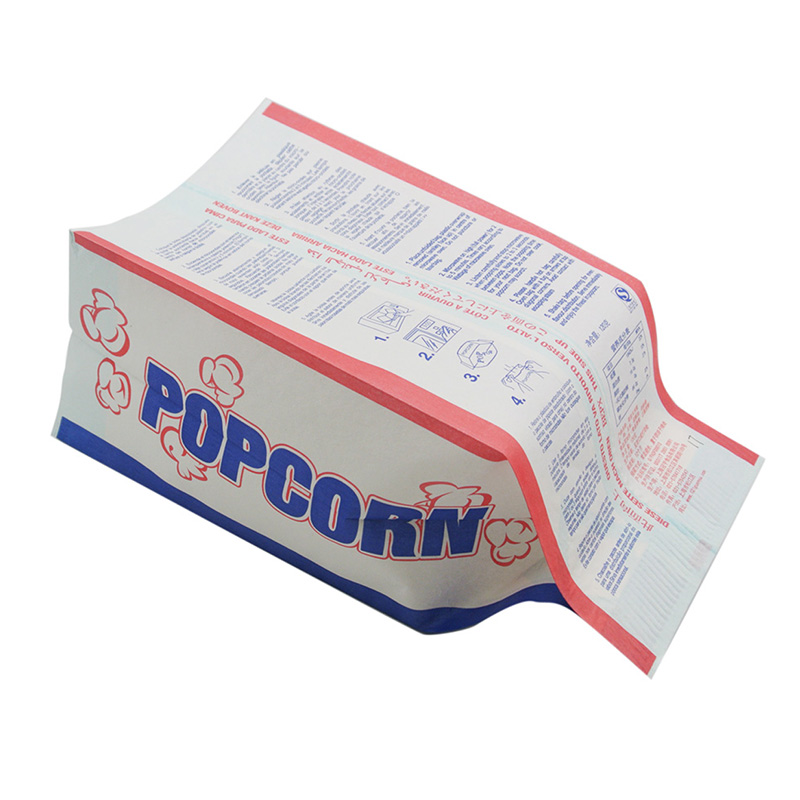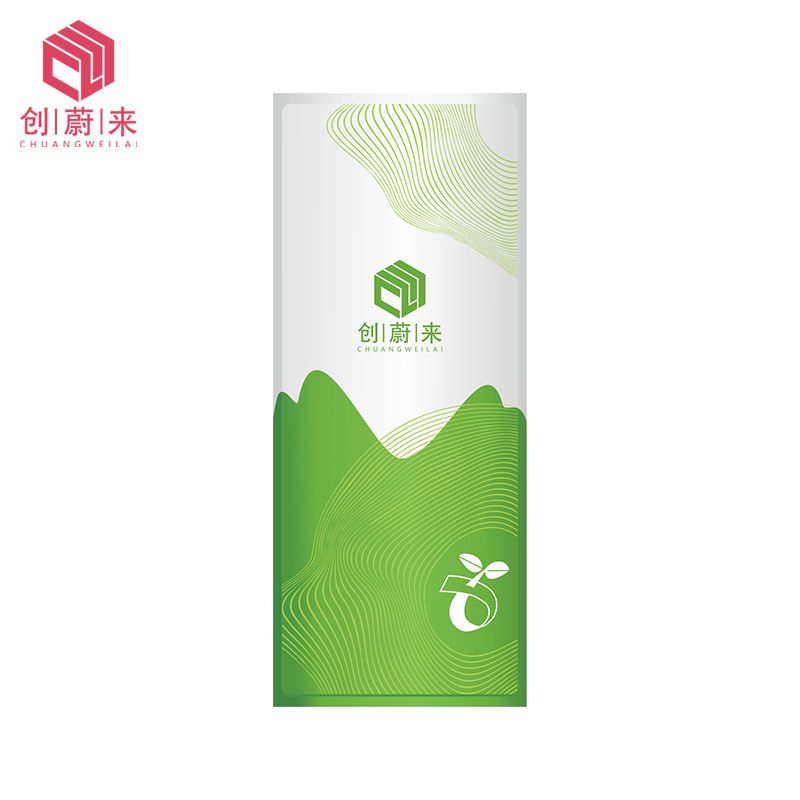What Is a Pole Saw Used for?
A pole saw is a saw attached to the end of an electric pole. These are available in powered or unpowered versions. These tools help you to prune trees easily with little extra effort. Do you need a pole saw for your landscaping project? Before you buy or rent your own pole saw, here are some facts to know about pole saws.
What is a pole saw used for?
A pole saw is a great tool for pruning tall trees and larger shrubs. A pole saw allows you to climb higher without having to use a ladder or having to stand on anything. Pole saws can also help you to get over trees and hedges without having to walk around. Getting a power pole saw can help you trim and prune anything in your yard efficiently. You'll soon realise how great these tools are and will make your life easier when it comes to yard work and clean-up.
Pole saw requirements
You may not need an electric pole saw when you need to do any light pruning of trees. If you have a lot of trees to do and they are large, then a pole saw is probably your best option. You just need to scope out the trees and find out which ones are best suited to the task at hand. Some people may use them for smaller tasks or just use their pole saw for the larger pruning and trimming projects they need to do.
Caution
Once you start thinking about trimming wood that you can't reach from the ground, you're entering potentially dangerous territory. When professional arborists lower a large piece of wood, they use a rope in a pulley system to safely slow its descent to the ground. You can't do that when you're cutting branches with pole saws and pruning shears; you have to let the wood fall uncontrollably. Tall or heavy wood can damage, injure and kill when dropped.
Pole saws are suitable for limbs that are no more than a few inches thick. The thicker the wood, the more dangerous it is and the slower and more tiring it is to cut.
Until you are familiar with weight-reducing techniques, you must not attempt to cut the limb from overhead before using your pole tool to make the initial and jump cuts to make the final cut.
Long pole saws, especially those with extensions of more than 8 feet, are heavy and tiring to use.
Never work near a power cord or on a branch that is partially above the power cord.
Recommended article:Advantages and Benefits of Using Sticky Sublimation Paper
Benefits and Advantages of Continuous Inkjet Printers in Industrial Printing
The Role of CNG Gas Cylinders
Pet Foods Packaging: Ensuring Quality and Convenience for Your Furry Friends
The Benefits of Push Pull Water Bottle Caps
Cardboard Die-Cutters: Precision and Efficiency for Your Packaging Needs
The Essential Guide to LPG Cylinder Safety: Tips and Best Practices
Choosing a pole saw
When choosing a pole saw, you only need to see which ones will meet your specific pruning needs. Checking prices and sizes will help you determine which one is the best. pole saws come in different lengths, styles and sizes to suit the needs of anyone who wants to buy or rent a pole saw. Check the length of the bar to see how long a branch it can cut. Some pole saws can be used on the ground rather than above the head, as the chain saw section can be removed if required.
Other tips for using a pole saw
In most cuts, the blade starts at the top of the branch.
When making a jump cut, the blade will cut from the underside of the branch. This reduces physical exertion even more as you are working against gravity.
Vertical water shoots are difficult or impossible to cut from the ground with a pole saw.
It is good to decide that you never want to do any pruning that you can't reach from the ground. This is not something that usually needs to be done and if you don't have a large tree on your property you will never need to do it.
Before you use a pole saw for the first time, read all the precautions and make sure that this really is a job you should try yourself.
What is cold forming process in blister packaging?
What Size Tarp for Camping?
Glass Bottles for Pharmaceutical Use: Ensuring Safety and Quality
Which industries benefit the most from using shrink film for packaging and product protection?
What factors should businesses consider when choosing the right IML packaging solution for their specific products?
How do I compare the durability and thickness of different glass bottles for safe storage and transportation?
How does the design and material of snack pouches ensure the freshness and shelf life of the snacks?








